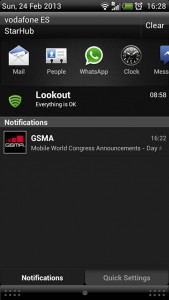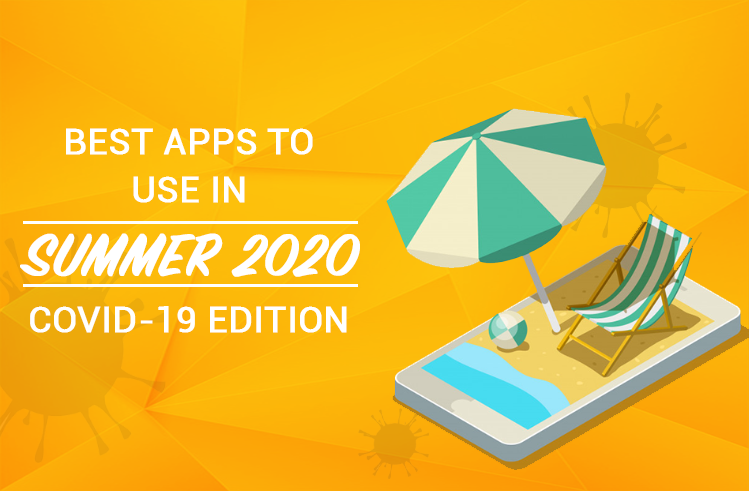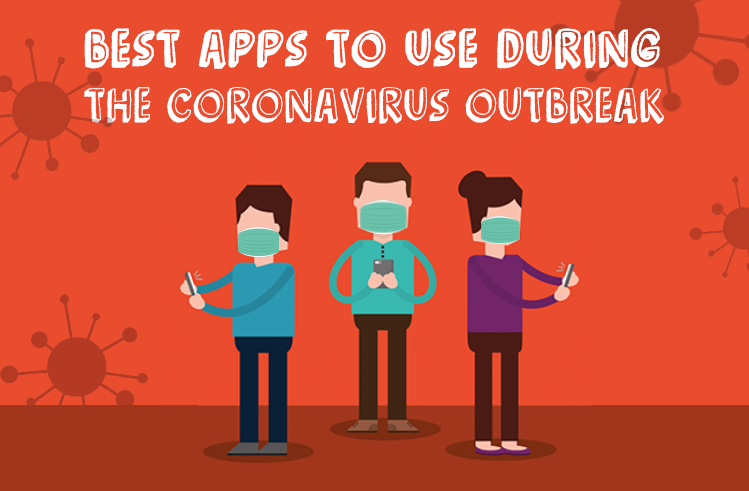It came as a bit of a shock, but the more I looked into Mobile Advertising, the more things didn’t seem to add-up right? Especially in terms of effectiveness and the often astonishing figures being bandied about by industry watchers and ad networks alike (you know, $20 billion here, $5.3 billion there). Yet, getting to witness these figures seemed anything but simple.
Time-and-again, I spotted more ‘sensible’ blog posts questioning the sanity of such pronouncements – and offering more realistic assumptions – even direct challenges for us to better visualize solutions. Because recently, when the major Mobile Advertising Networks started missing certain targets and immediately losing multiple millions in market cap, it all began to look very cloudy. Well, it’s always darkest before the dawn however and there’s no doubt some of the metrics remain absolutely stellar; but, the basic problems are recurrent and blindly holding back both developers and advertisers from reaching their true potential.
So, what mobile advertising shortsightedness does a Push Notification platform like Minimob solve?
In my research for a recent presentation at the Mobile World Congress (2013) in Barcelona, I turned the spotlight on three systemic issues, in terms of whether or not the industry had got Mobile Advertising right and more importantly whether or not consumers were genuinely interested enough to voluntarily look at – and then even touch – an ‘ad’.
1. Certainly the opaque findings on ‘fat finger’ syndrome (let’s call them accidental taps) were stark — with up to 50% of clicks being reversed in less than two seconds!
2. This insight was further obscured by the growing apprehension that organised ‘click fraud’ was a major issue in the business. Both BuzzCity and Adsmobi have used technology approaches to address this type of scam in the past week, and I quote Adsmobi (sic): “The ease with which advertising networks can apparently be defrauded by through fraudulently driving up ‘fake’ ad impressions is exceedingly worrying.”
3. The third aspect was just the random and financially unrewarding nature of third parties brokering inventory for (often irrelevant) ad messages. Placements of random banners – or the negative impact of poorly designed intrusions in their everyday App experiences.
Fortunately, Minimob’s sharp focus is on driving simple, planned engagement that can be managed on-the-fly from a single dashboard. We call them smart ads, because they are direct, profiled, opt-in and relevant to the customers interests and activities. The neutral medium of push notification lends itself perfectly to a communication strategy that drives significantly higher percentages of proactive engagement (up to 17% click rate versus 0.5% for banner ads we’ve found). They are also much easier to tap and likewise, equally easy to clear if not of sufficient interest.
For my presentation, I took a screenshot of my own Android device and the example of a push notification that is clear and to the point, more importantly a service I’d “opted in” to and that was contextual and appropriate, in this case published by the GSMA themselves through their Mobile World Congress App.
Take it from me, whilst everything in the advertising milieu has its’ pros and cons, the careful use of push notifications and Minimob’s smart ads deliver results that truly justify the above ‘hype’. It may well be, that this powerful little feature, eventually creates a consumer-centric imperative that saves a ‘potential’ $20 billion industry from going down a blind alley.





